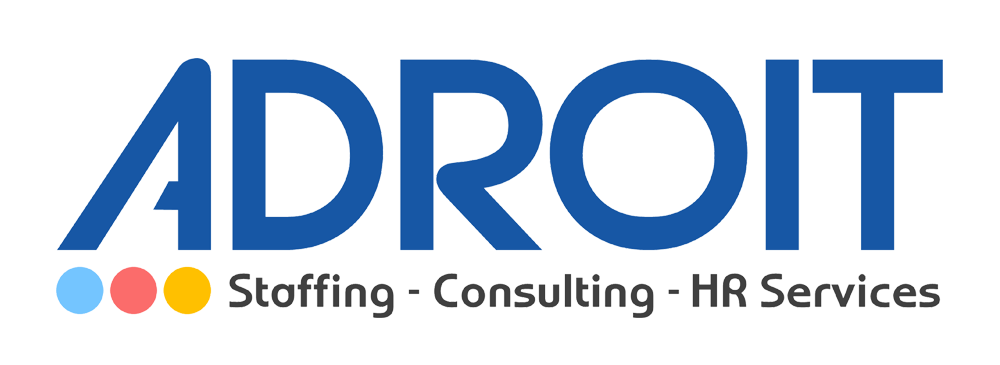Introduction
In today’s competitive job market, the ability to build and maintain a strong talent pool is one of the most valuable assets an organization can have. By creating a pipeline of qualified candidates, businesses can fill open roles more efficiently and reduce recruitment costs in the long run. But how do you build and maintain a talent pool that consistently delivers top talent? In this guide, we’ll explore effective strategies to help you build a strong, diverse talent pool and keep it healthy for future hiring needs.
1. Understand Your Hiring Needs and Company Goals
Building a talent pool starts with understanding your organization’s long-term goals and the skills required to meet those objectives. Identifying your hiring needs, both short-term and long-term, will give you a clearer idea of the kind of talent you need to attract.
- Why It’s Important: Without a clear understanding of your company’s goals, you may end up targeting the wrong candidates or failing to recruit for future skill gaps.
- How to Do It: Work with hiring managers, team leads, and leadership to create a detailed hiring plan that aligns with your business goals. Assess both current staffing needs and future talent requirements, keeping in mind any upcoming projects, expansions, or industry changes.
2. Leverage Technology to Build Your Talent Pool
In 2025, technology is at the forefront of talent acquisition. Using the right tools and platforms can help you quickly build and manage your talent pool. Recruitment software, ATS (Applicant Tracking Systems), and job boards are crucial tools in reaching potential candidates.
- Why It’s Important: Technology streamlines the process of collecting and organizing candidate information, helping you build a comprehensive database of qualified candidates.
- How to Do It: Invest in recruitment platforms and tools that enable you to easily collect, sort, and manage candidate profiles. Leverage social media platforms, like LinkedIn and Twitter, to connect with potential candidates and build your network.
3. Establish an Employee Referral Program
Employee referral programs remain one of the most effective ways to build a high-quality talent pool. When current employees refer someone for a job, they’re essentially vouching for the candidate’s capabilities and fit with the company culture.
- Why It’s Important: Referred candidates are often a better fit for the role and the company culture, as employees typically know what the job requires and who would be a good fit.
- How to Do It: Create a formal referral program that rewards employees for successfully referring candidates. Make sure your employees understand the benefits of referring top talent and provide them with the resources to do so. Communicate the program through internal channels to keep it top of mind.
4. Create an Engaging Careers Page
Your company’s careers page is often the first interaction potential candidates have with your organization. A well-designed, engaging careers page can help attract top talent by showcasing your company culture, values, and the benefits of working with you.
- Why It’s Important: An appealing careers page serves as both a marketing tool and a talent pool attraction mechanism, giving candidates a clear understanding of your company’s ethos and the opportunities available.
- How to Do It: Make sure your careers page is visually appealing, easy to navigate, and informative. Include employee testimonials, company values, career advancement opportunities, and the perks of working with your organization. Always include an option for candidates to join your talent pool even if no specific job openings are available.
5. Engage with Passive Candidates
Building a talent pool isn’t just about collecting active job seekers; it’s also about reaching out to passive candidates—those who aren’t actively looking for a job but could be interested in future opportunities.
- Why It’s Important: Passive candidates make up a large portion of the talent market and can often be more qualified and experienced than active job seekers.
- How to Do It: Engage with passive candidates through social media, email newsletters, and networking events. Keep them updated on your company’s activities and career opportunities, even if they’re not actively looking for a job. You can use email nurturing campaigns or LinkedIn outreach to stay in touch and remind them of your organization’s value.
6. Build Strong Employer Branding
A key component in attracting the right talent is strong employer branding. A company that has a positive image and reputation will naturally attract top-tier candidates to its talent pool.
- Why It’s Important: Candidates want to work for companies that have a great reputation for work culture, employee satisfaction, and growth opportunities.
- How to Do It: Invest in employer branding initiatives that showcase your company’s culture, mission, and values. Encourage employees to share their positive experiences online, whether on social media or job review platforms like Glassdoor. Promote your company’s work environment and benefits as a key selling point for top talent.
7. Maintain Consistent Communication
Once you’ve started building a talent pool, it’s important to keep in touch with potential candidates regularly. Candidates who feel engaged and valued are more likely to stay interested in future roles at your company.
- Why It’s Important: Keeping candidates engaged helps ensure they stay in your pipeline for when you have a relevant job opening. It also demonstrates your company’s commitment to ongoing relationships.
- How to Do It: Send periodic updates to your talent pool, such as job alerts, company news, and career development opportunities. This can be done via email, newsletters, or social media channels. Make sure to personalize communications to maintain a genuine connection.
8. Offer Training and Development Opportunities
Offering training and development programs can help you attract candidates who are interested in growing within your organization. It also ensures that your existing talent pool is continually evolving with new skills, which is crucial in a rapidly changing job market.
- Why It’s Important: Employees are more likely to stay with a company that invests in their professional development. Training programs also help you build a stronger talent pool by enhancing your employees’ skillsets.
- How to Do It: Implement internal training programs, mentorship opportunities, and learning resources. Highlight these offerings when engaging with candidates to show that your company values continuous learning and career growth.
Conclusion
Building and maintaining a strong talent pool is an ongoing process that requires time, effort, and the right strategies. By focusing on understanding your hiring needs, leveraging technology, engaging with passive candidates, and maintaining strong relationships, you can create a pool of qualified candidates that are ready to fill your open roles at any time. With a solid talent pool in place, you can streamline your hiring process, reduce time-to-hire, and ensure your company is always prepared for future growth.
By investing in your talent pool today, you are setting your organization up for long-term success and sustainability.

